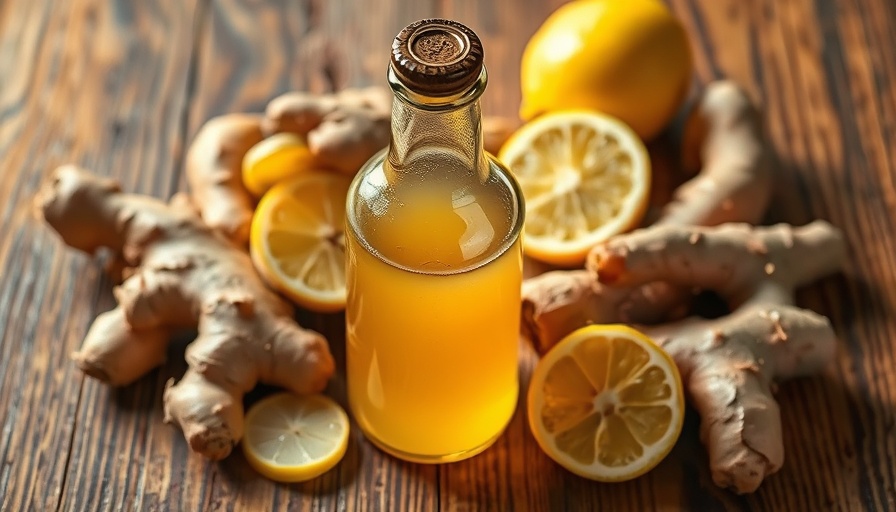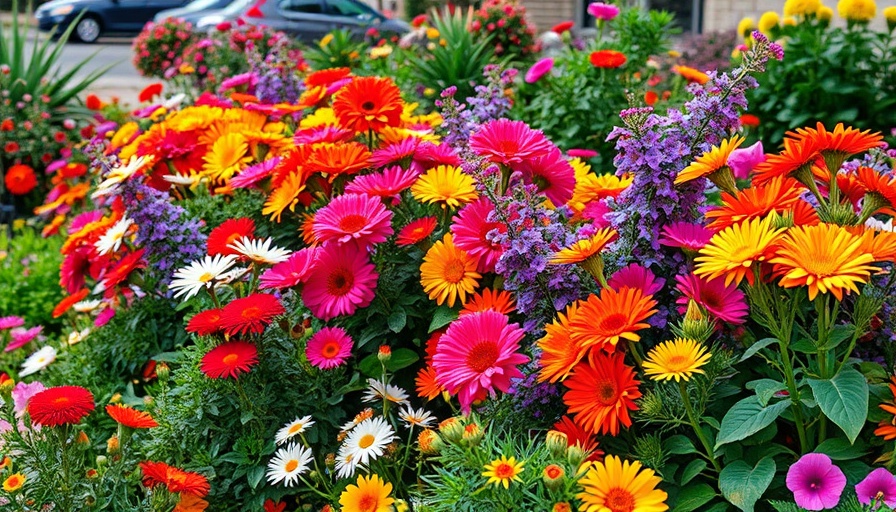
Embracing the Craft of Homemade Ginger Ale
If you're looking for a refreshing drink that not only tantalizes your taste buds but also brings a sense of home and creativity, making homemade ginger ale syrup is a perfect project. This fizzy delight is not just about quenching thirst; it's about engaging with the natural ingredients, celebrating the artistry of drink-making, and sharing it with loved ones. And who doesn't love a little zest of ginger in their life?
The Joy of Homemade Soda
Crafting ginger ale syrup at home allows you to control the sweetness and flavor, tailoring it to your taste. By using simple ingredients like fresh ginger, lime juice, and honey, you can evoke memories of family gatherings and summer outings. Each sip serves as an invitation to slow down, appreciate the moment, and share it with friends and family. This DIY soda project is more than just a recipe; it's an experience that celebrates local ingredients and the joy of creating something from scratch.
Turning Syrup into a Refreshing Lemonade
The process doesn’t stop at ginger ale syrup. This versatile syrup serves as the base for a tantalizing ginger mint lemonade. Just combine the syrup with fresh lemon juice and sparkling water, and you create a drink that bursts with flavor and vitality. Add mint leaves for an extra layer of freshness, making each glass a garden in itself. Theming your summer gatherings around homemade beverages adds a unique touch that keeps everyone talking—with this drink in hand, you’ll be the hit of the backyard barbecue!
Cultivating your Own Ingredients
If you're feeling adventurous, why not grow your own herbs and vegetables to use in this delightful concoction? Many home gardeners enjoy cultivating mint, ginger, and other herbs that perfectly complement beverages. Not only does this save money, but it also ensures that you're using the freshest ingredients possible, making your ginger ale something truly special.
Garden Treasures: The Perfect Pairing
Consider adding layers to your gardening journey by integrating a small herb garden right in your backyard or even on your windowsill. Plants like mint and lemon balm lend themselves beautifully to lemonade recipes but also create a lovely aesthetic. When garden decor meets culinary delight, it transforms an ordinary space into an enchanting nook for relaxation and inspiration.
Keeping it Sustainable with Organic Practices
Just as any good recipe speaks to sustainability, your gardening practices should too. Emphasizing organic gardening—with techniques such as composting or using organic fertilizers—will help nurture a thriving garden. This mindset not only fosters healthy plants but also contributes to a sustainable lifestyle. Participants in the local farming community emphasize the significance of understanding where your ingredients come from and how they impact both your body and the planet.
Gathering Around Nature's Table
Lastly, consider the emotional surge that home-cooked and home-brewed offerings evoke. Preparing ginger ale from scratch unites families and friends through shared activities and tantalizing flavors. This sense of connection, rooted deeply in our gardens and kitchens, is what cultivates community bonds. So why not gather your loved ones, pass down this recipe, and watch as laughter and conversations bloom around homemade ginger ale?
Whether this homemade concoction becomes a summer staple or simply a delightful novelty, each drink you pour is a testament to creativity and the freshness of the garden. Enjoying these simple pleasures, especially when shared with others, fosters not only friendships but a richer appreciation for the local flora, making our homes truly inviting spaces.
 Add Row
Add Row  Add
Add 




Write A Comment